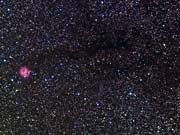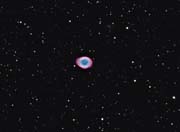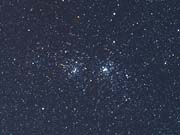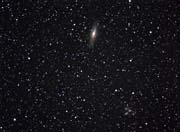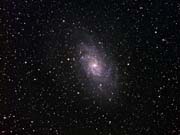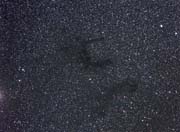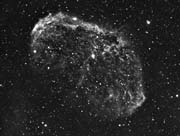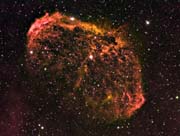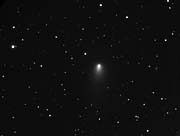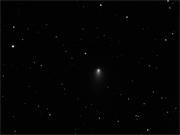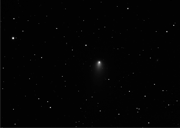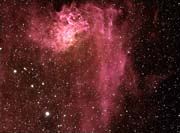January 15th saw first light of my new QSI camera. Well, almost first light, a few tests on earlier nights to get my new kit up and running. I'm still struggling with reducer/flatteners - the chip distance from the front of the assembly is markedly different from my SBIG camera. But I'm sure I will prevail!
Anyway, after weeks of terrible weather at last we had a fantastic clear frosty winter night. Pity the Moon rose around 11.30 pm. But before it did I managed to capture data for M45, and afterwards narrow band for the 'Jellyfish' nebula IC443 in Gemini. That one is still work in progress needs more H-alpha data (still a bit noisy) then OII and SIII to colour it.
So. M45, Luminance 7 x 10 minutes (would have taken more but I'd been playing around with the configuration, and I needed to leave time for the RGB data before the Moon rose). RGB each 5 x 5 minutes binned 2x2. QSI 683 WSG-8 with Lodestar guide camera on Meade 127 refractor with William Optics 0.8 Mk II reducer. Large size

IC 443 is a Supernova remnant in Gemini, just East of 3rd. magnitude eta Geminorum. Although the magnitude is listed as 12, it is quite large at 50 x 40 arc-minutes, so the surface brightness is low, making it a difficult target in skies that are not completely dark. On 15th I got 10 x 20 minutes H-alpha. Same optics. Then on 16th I got a bit more Luminance and some colour of IC443. So here is the SHO (Hubble Palette) version.
The halos round eta Geminorum are probably reflections between the filter and reducer - hardly surprising as it's a 3rd magnitude star! But not unpleasant IMHO
16 x 20 minutes Ha luminance, RGB each 7 x 5 minute binned 2x2 SII, Ha, OIII. Large size (660KB)

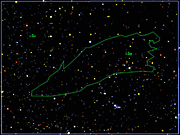
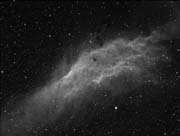
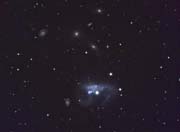
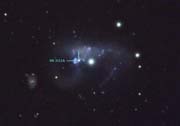
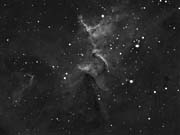
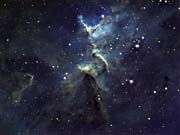
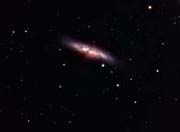
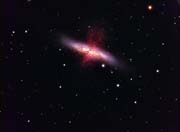
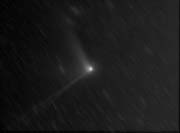

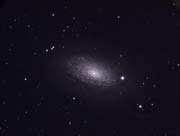
.jpg)
